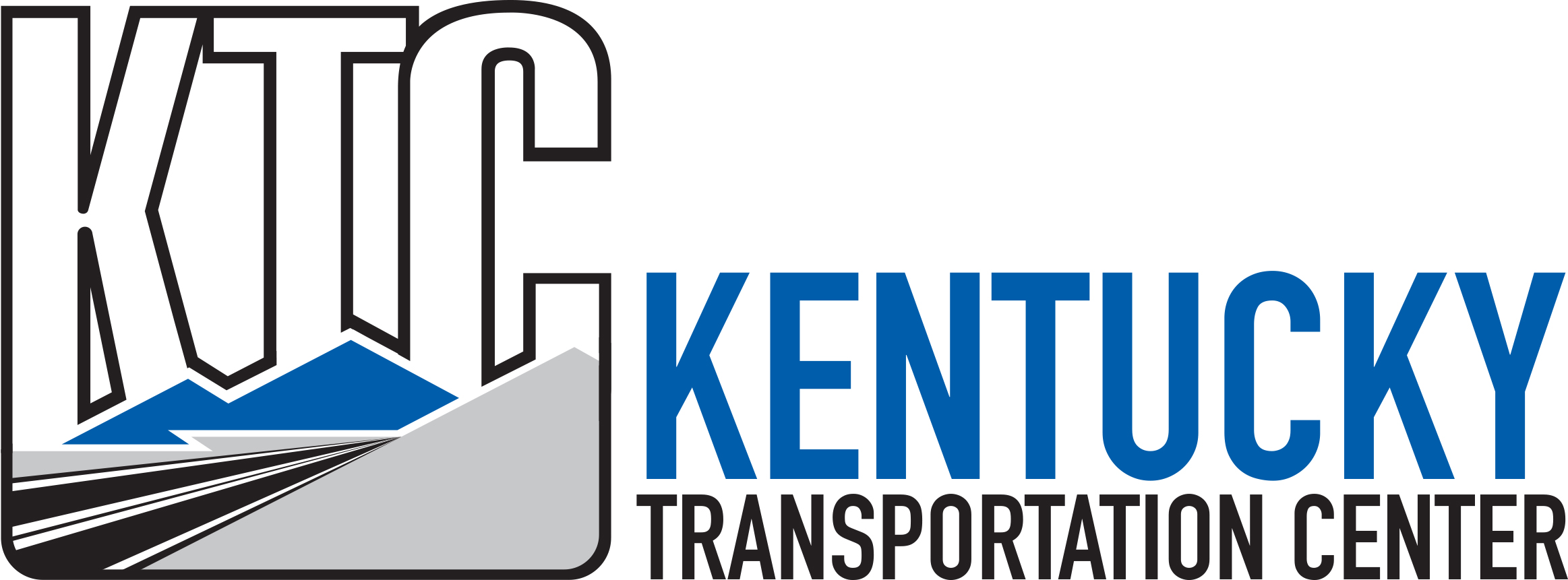Abstract
Surface Treatments are thin applications of asphalt, with or without aggregate, to an existing pavement surface. There are many types to choose from when selecting a treatment for a specific purpose.
Because of the broad range of materials and methods available, surface treatments satisfy many needs in effective operation of road and street systems. They are major tools for preventive maintenance and also satisfy many corrective maintenance needs. They are widely and effectively used as the initial surfacing over granular bases. They are increasingly used over cracked, existing surfaces to reduce reflection cracking in asphalt overlays.
It is apparent that consideration of surface treatments is an important part of any pavement management program. Their effectiveness is dependent upon selecting the proper treatment, selecting the proper materials for that treatment, good design to provide the proper quantities of asphalt and aggregate, and careful construction to produce the desired result.
Selection of the proper surface treatment to use in a given location depends upon the problem to be corrected. First, can a surface treatment correct the problem? Second, if it can, what type will do the most effective job? Third, are the materials, equipment, and personnel available? Fourth, is the selected surface treatment the most cost effective way to correct the problem? These questions can only be answered with reasonable accuracy by having a rather thorough knowledge and understanding of each type surface treatment, its purpose, and how it is constructed. It is the intent of this manual to provide that knowledge and understanding.
Report Date
9-1988
Report Number
KTC-88-4
Digital Object Identifier
http://dx.doi.org/10.13023/KTC.RR.1988.04-2
Repository Citation
Williams, Ellis G., "Asphalt Surface Treatments for Local Roads and Streets" (1988). Kentucky Transportation Center Research Report. 513.
https://uknowledge.uky.edu/ktc_researchreports/513



Notes
The Kentucky Transportation Center conducts a Technology Transfer Program funded in part by the Federal Highway Administration and the Kentucky Transportation Cabinet. Tile primary function of the Program is to provide technical assistance to local governments in the areas of roads, bridges, and public transportation. Funding for this publication comes from this Rural Technical Assistance Program. The opinions, findings or recommendations expressed in this report are those of the contractor and do not necessarily reflect the views of the Federal Highway Administration or the Kentucky Transportation Cabinet nor the University of Kentucky.